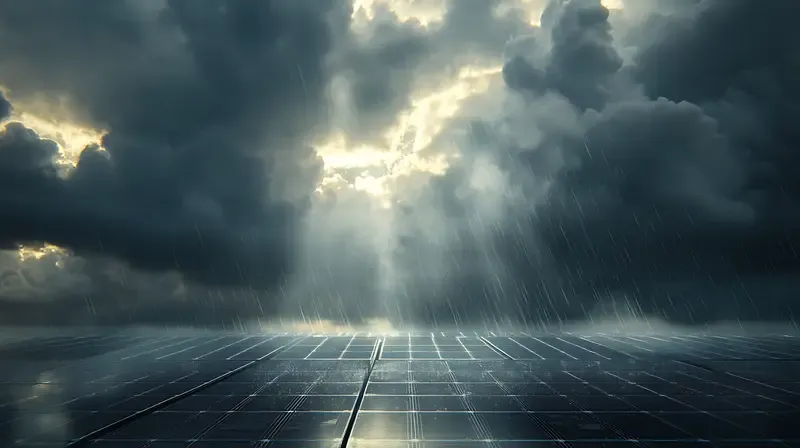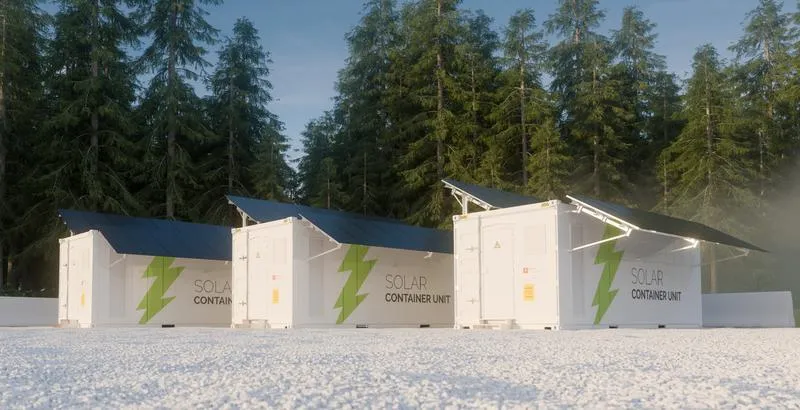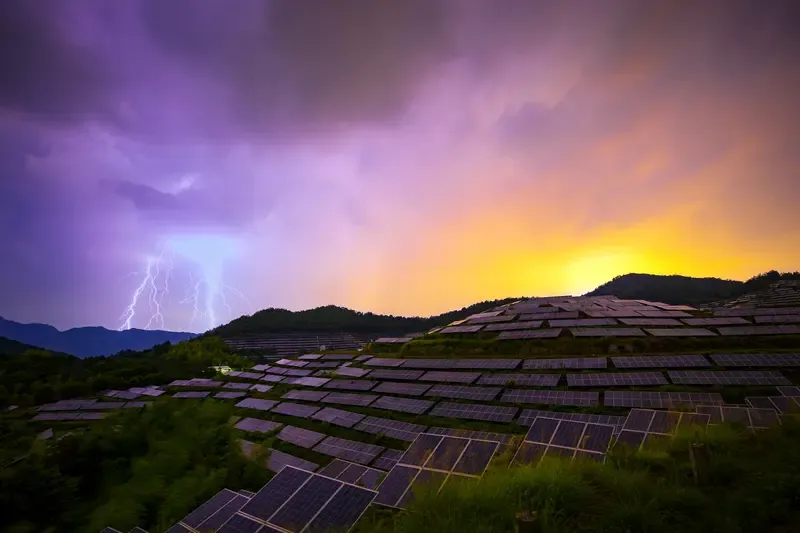If you've ever needed reliable power in a place with no grid, no infrastructure, and no time to wait—chances are, you've heard of the concept of a solar container. These truck-smaller-than, self-contained systems combine solar panels, batteries, and smart controls in a weather-resistant shipping container and deliver fast, plug-and-play power where it's needed.
But prior to sending one out to your site, camp, or island base, there's one important question to ask:
Are solar containers weatherproof?
The short response is: yes, but not all systems are equal. The performance of a solar container in surviving weather depends on engineering design, component integration, and compliance with environmental protection standards.
Here, we address what "weatherproof" really means in solar container systems, durability testing, and what to consider when planning deployment for extreme or variable environments.
What Does “Weatherproof” Really Mean for a Solar Container?
Weatherproofing in a solar container entails much more than resisting an occasional rain shower while driving by. Weatherproofing entails:
- Water and moisture resistance
- Protection against dust and particulate matter
- UV and corrosion resistance
- Temperature management
- Structural integrity against wind loads or snow loads
Understanding these elements guarantees your system is operational in extreme weather and weathering over time.

Key Components That Weatherproof Solar Containers
1. External Structure & Coating
Most containers begin with an ISO standard frame but are reinforced for environmental requirements. Sophisticated systems often incorporate:
- Marine-grade anti-corrosion coatings
- Powder-coated external finishes to resist UV and salt spray
- Steel or aluminum support frames for panel mounting
- Integrated drainage ports and elevated floors for heavy rainfall
Structural design enables containers to be employed in coastal, mountain, or desert applications with no need for excessive maintenance or compromise.
- Robust Solar Panels
Solar modules are the most exposed component of any container system. Important design features that improve robustness are:
- Tempered glass panels with hydrophobic coating
- Bifacial modules for increased light harvesting and dust protection
- IP67/IP68-rated junction boxes for watertight electrical integrity
- Structural testing to IEC61215 and IEC61730
Folding panel storage systems—particularly folding panel designs—are able to significantly restrict long-term degradation and mechanical deterioration and are an ideal solution for regions exposed to seasonal storm and high winds.
3. Thermal and Battery Compartment Management
Battery systems must be stored away from water, salt, and extreme temperatures. Advanced containers include:
- IP54+ sealed battery compartments
- Positive pressure ventilation systems to exclude external humidity
- Thermal insulation for cold environments
- BMS-controlled fire detection and shutdown systems
These protections are no luxuries in high-humidity or high-precipitation areas; they are necessary requirements to ensure battery system stability and long service life.
4. Inverters, Wiring & EMS Housing
Internal electronics must be properly shielded from external exposure. Industrial-grade systems incorporate:
- UV-rated, weather-sealed wiring harnesses and connections
- IP65+ enclosures for inverter housing
- EMS cabinets with active temperature and humidity control
- Integrated cable glands and gaskets to prevent ingress
Reliable solar container systems utilize sealed cable routing, IP-rated enclosures, and rugged component mounting for preserving system integrity over years of outdoor exposure.
Case Study: Field Installation in Arctic Research Station
A solar system was field-installed in a research station in northern Iceland in 2023. The main conditions were:
- Ambient temperature range: -20°C to 10°C
- Wind gusts above 90 km/h
- Up to 5 months of yearly snow cover
System design features incorporated:
- Dual-layered insulating outer case
- Snow-shedding tilt design with variable slope
- Internally derived battery heat source
- Satellite link remote EMS access
This deployment highlights the importance of insulation, smart design, and climate-resistant panel technology when building energy infrastructure for sub-arctic or alpine use.
What Certifications Really Matter?
Not every "weatherproof" claim is backed by testing. When evaluating a container system, inspect whether it complies with relevant standards:
| Protection Category | Key Standards or Ratings |
| Solar Module Durability | IEC 61215, IEC 61730 |
| Water/Dust Ingress Rating | IP65 / IP67 / IP68 |
| Wind & Snow Load Resistance | ≥ 2400 Pa (wind), ≥ 5400 Pa (snow) |
| Corrosion Resistance | ISO 9227 (Salt Spray Test) |
| Battery Safety & Operation | UN38.3, UL 1973 |
| Fire Resistance (Structure) | EN 13501-1, ASTM E84 |
Certification of a solar container's environmental performance by worldwide acceptable standards and third-party verification is a necessary step in risk reduction and procurement assurance.

High-Spec vs. Low-Spec Containers
Some systems marketed as "solar containers" will probably not be more than bare minimum portability systems. Significant differences among robust and minimal systems are:
- Depth of sealing and structural support
- Quality and test certification of internal components
- Modularity to expand and regionally adapt to climate
- Long-term field operational data in comparable climates
No high-risk infrastructure is released to deployment without care in ensuring transparency of specification, environmental ratings, and actual field outcomes before deployment.
Weatherproofing a solar container is not an end-optional attribute—it is a performance, safety, and ROI mandate. Whether your deployment site faces monsoons, sandstorms, freezing winds, or marine exposure, investing in a truly weatherproof system ensures long-term reliability and power autonomy. If you’re evaluating systems for harsh deployment scenarios and want a solution that’s already been tested under real-world environmental stress, consider reviewing this off-grid solar container from LZYESS. It’s engineered with weather-resistant architecture, modular battery integration, and protections designed specifically for unpredictable outdoor conditions.

